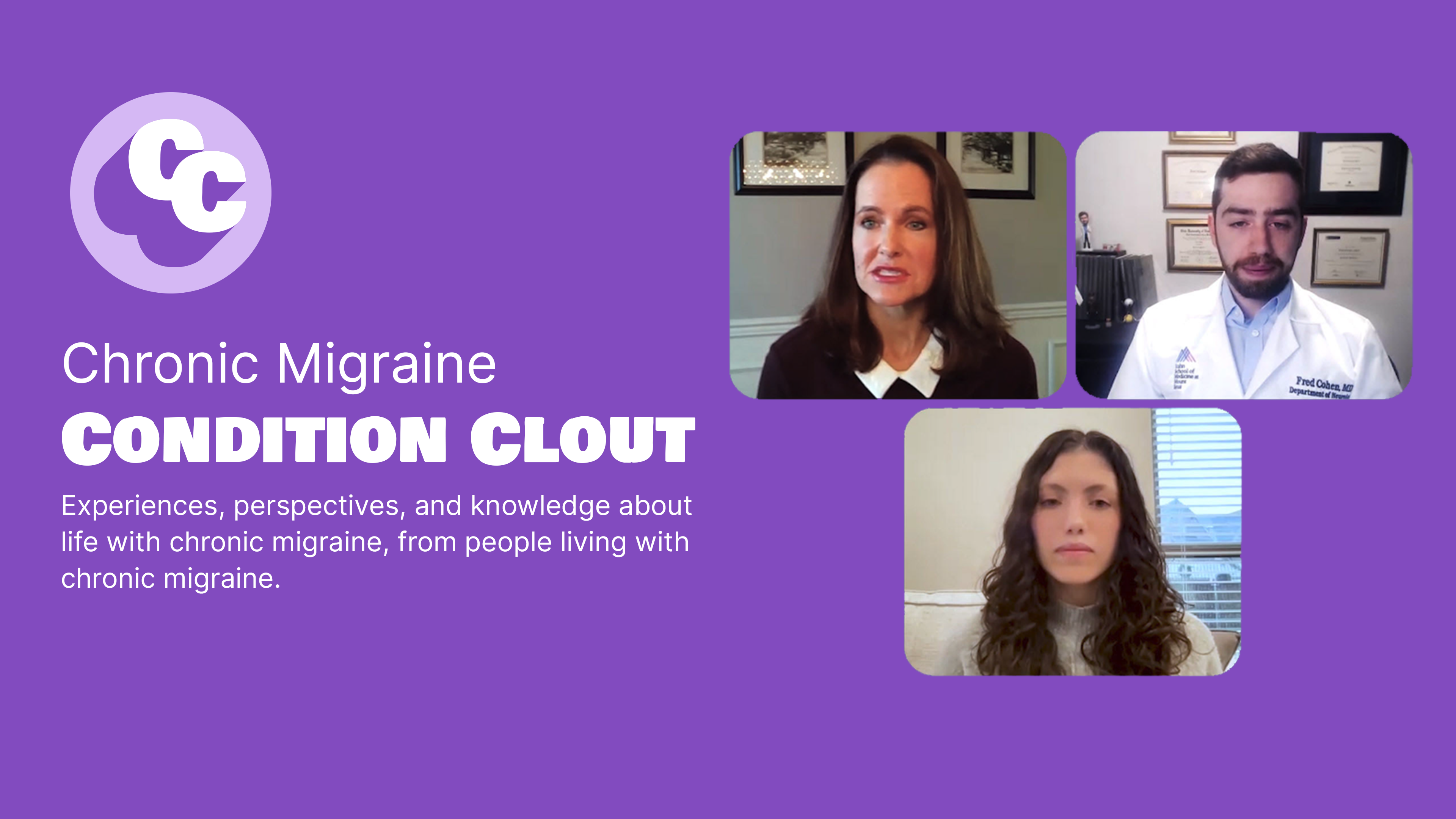Most people associate migraines with headache pain, and for good reason—migraines are often painful. But migraines can include symptoms other than headache pain, and some people experience these other symptoms absent of the headache. This is called silent migraine or typical aura without headache (TAWH). Despite the lack of pain, a silent migraine can still be debilitating.
Migraine stages
To understand how a silent migraine occurs, it helps to understand the four phases of a migraine. Keep in mind that not everyone experiences all the stages of a migraine—and the severity can vary from person to person.
- Prodrome phase. Prodrome means “precursor.” The list of symptoms that can occur during the prodrome phase is varied—gastrointestinal upset, sleepiness, depression, irritability, fatigue, muscle stiffness, yawning, sound and light sensitivity, food cravings, nausea and frequent urination. These symptoms can last for hours or even days.
- Aura phase. Aura refers to visual disturbances and sensory disturbances that occur prior to the headache phase of a migraine. These disturbances can include light sensitivity, blurred vision, seeing spots or zigzag lines, and tingling numbness. Some people may have difficulty speaking clearly or may experience partial vision loss. This phase typically occurs in the hour leading up to the headache phase, though it can last longer than an hour. In some cases, the aura begins after a headache has started.
- Headache phase: This phase is marked by the symptoms most people think of when they hear the word migraine—a severe and debilitating headache (sometimes described as throbbing or pounding), neck pain, nausea, vomiting and sensitivity to light, sound and smell. This phase can last for several hours to several days.
- Postdrome phase: This phase is sometimes called the “migraine hangover” that occurs once the headache phase has passed. Tiredness, fatigue, changes in mood (depression or euphoria), lack of appetite and difficulty concentrating are common symptoms. This phase can resolve within a few hours or a few days.
Different symptoms for different people
Not all people who experience migraines experience all phases. Some experience migraines with an aura phase. Others experience the headache phase without the preceding aura phase. Those who experience silent migraines are experiencing the aura phase, but not the headache phase. Symptoms can also vary from one migraine to the next—just because a person experiences a migraine with aura does not mean that every migraine has an aura phase. Symptoms can also change over time.
Work with a healthcare provider
If you are experiencing any of the symptoms described above, it is important to work with a healthcare provider to get an accurate diagnosis. Even people who have a history of migraines should see their healthcare provider if they experience new or unusual symptoms. Silent migraines are not common and occur only in a small percentage of people who experience migraines. Some symptoms of a silent migraine—such as visual disturbances, tingling/numbness and difficulty speaking—can also be symptoms of other medical events, including seizures and stroke.









